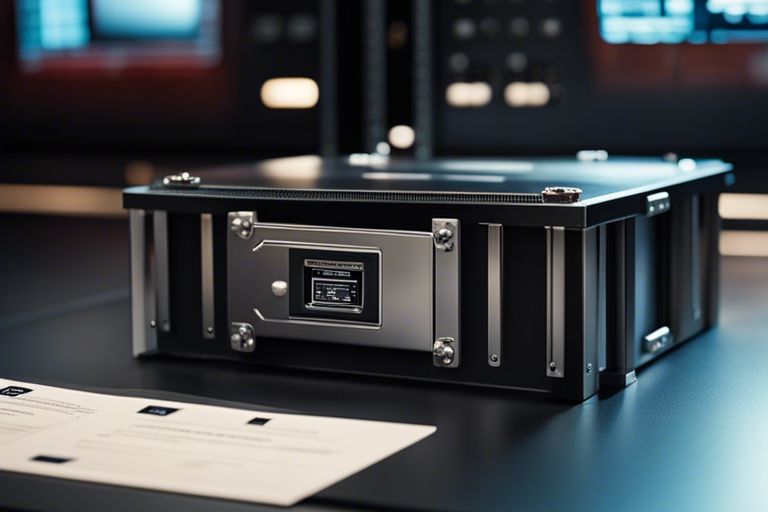The Evolution of Network Security
Network security has always been a top priority for organisations, but as technology advances, so do the threats that target networks. In the past, network security focused primarily on protecting the perimeter, with firewalls and intrusion detection systems being the primary defence mechanisms. However, with the rise of cloud computing, mobile devices, and the Internet of Things (IoT), the traditional approach to network security is no longer sufficient.
The Challenges of the Modern Network
The modern network is complex and distributed, making it difficult to secure. Organisations now deal with increasing endpoints, including laptops, smartphones, tablets, and IoT devices. These endpoints are often outside the traditional perimeter, connecting to the network remotely or through public Wi-Fi networks.
Additionally, the rise of cloud computing has resulted in data and applications being hosted in third-party environments outside of an organisation’s direct control. This poses new challenges for network security, as organisations must ensure the security and privacy of their data even when it is stored and processed in the cloud.
The Future of Network Security
To address these challenges, the future of network security lies in a more holistic and proactive approach. Here are some key trends that will shape the future of network security:
1. Zero Trust Architecture
Zero Trust Architecture is an approach that assumes no user or device should be trusted by default, regardless of their location or network connection. This approach focuses on verifying every user and device’s identity and security posture before granting access to network resources. Organisations can reduce the risk of unauthorised access and lateral movement within the network by adopting a Zero Trust Architecture.
2. Artificial Intelligence and Machine Learning
Artificial Intelligence (AI) and Machine Learning (ML) technologies have the potential to revolutionise network security. These technologies can analyse vast amounts of data in real-time, identify patterns, and detect anomalies that may indicate a security breach. AI and ML can also automate the response to security incidents, enabling faster threat detection and response.
3. Software-Defined Networking
Software-defined networking (SDN) separates the control plane from the data plane, allowing network administrators to manage and configure network resources centrally. This centralised control enables organisations to implement security policies and management more effectively, ensuring consistent security across the entire network.
4. Cloud-Native Security
With the increasing adoption of cloud computing, network security solutions must be cloud-native. Cloud-native security solutions are specifically designed to protect cloud-based workloads and applications. These solutions provide visibility and control over cloud environments, enabling organisations to secure their data and applications in the cloud.
5. Security Automation and Orchestration
As the number and complexity of security threats continue to grow, organisations need to automate and orchestrate their security processes. Security automation and orchestration can help organisations streamline their incident response, improve their threat detection capabilities, and reduce the time it takes to mitigate security incidents.
The Importance of Future-Proofing Network Security
Organisations must future-proof their network security as technology evolves to stay ahead of emerging threats. By embracing the abovementioned trends and adopting a proactive approach to network security, organisations can better protect their networks, data, and users.
Organisations need to partner with trusted network security providers who can help them navigate the complexities of the modern network and implement the necessary security measures. With the right strategies and technologies in place, organisations can confidently embrace the future of network security.






